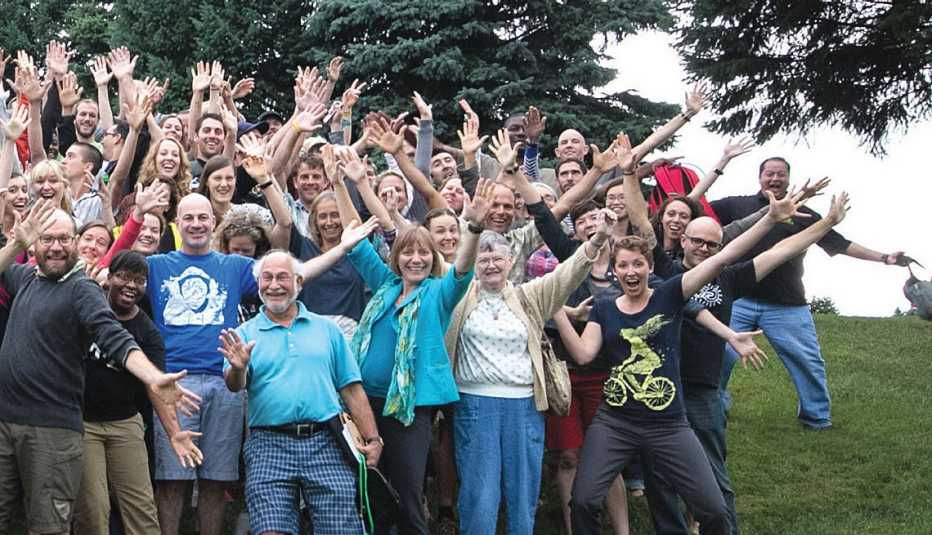AARP Hearing Center


Every two years, the Alliance for Biking & Walking, a coalition of more than 200 organizations working to improve conditions for bicyclists and pedestrians, publishes a collection and analysis of data about bicycling and walkability trends in the United States.
The data in the 2016 Bicycling & Walking in the United States Benchmarking Report can be used to advance walk-bike efforts throughout the nation.
The report contains details specific to older adults (see below) and other demographic groups. In addition, it contains severals useful graphs and charts, one of which can be seen on this page.
The Stats For Seniors
According to a 2014 report by the AARP Public Policy Institute, about four out of 10 U.S. adults age 50 and older feel that their neighborhood is not pedestrian-friendly.
However, that doesn't mean older adults don't want to get out and walk. A Pew Research Center survey from that same year asked people 65 and older to imagine living in "a community with large houses, spaced farther apart with schools, stores, and restaurants several miles away" or a "community with smaller houses, closer to each other with schools, stores and restaurants within walking distance." The walkable community got the vote of 58 percent of the respondents.
Bike-Walk Friendly Design
Among the useful features of the report is a visual (found on page 55) showing the types of "specialized" walk-bike infrastructure that makes streets friendly for nondrivers of all ages.
Page published February 2016
You May Also Like
- Check out Smart Growth America's 2014 Dangerous By Design Report
- Watch the AARP slideshow "Dangerously Incomplete Streets"
- Read the "AARP Livability Fact Sheet: Bicycling"
- Learn about the 10 Ways Bicycle-Friendly Streets are Good for People Who Don't Ride Bicycles































.jpg?crop=true&anchor=13,195&q=80&color=ffffffff&u=lywnjt&w=2008&h=1154)



























